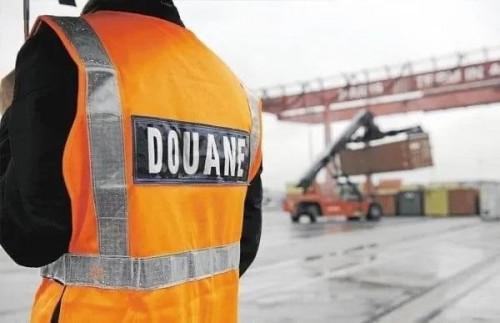Fiscal efficiency underpins Cameroon market confidence
Cameroon’s customs outperformance narrows the primary deficit and strengthens CEMAC reserves, anchoring fiscal credibility amid commodity volatility; monitor CL=F and CC=F as trade-linked indicators guiding Cameroon USD-bond spreads into 2026.

Cameroon’s customs authority has set a CFA104.4 billion revenue target for October 2025 against a full-year objective of CFA1.114 trillion, shifting fiscal execution from passive tracking to targeted acceleration. Meeting the annual plan requires an average of about CFA92.8 billion per month; October’s goal, 12 percent above that level, signals a drive to close the year with tighter fiscal control and minimal additional borrowing.
With nominal GDP near USD 52 billion and inflation steady at 3.3 percent in mid-2025, the consolidation strategy is unfolding within a low-inflation environment, allowing revenue gains to translate directly into smaller domestic financing needs.
The adjustment mechanism is structural rather than cyclical. Cameroon’s digital customs management has reduced clearance times and improved compliance across the Douala and Kribi ports, raising throughput efficiency. Non-oil imports such as construction inputs and machinery have expanded by high-single digits this year, broadening the tariff base while oil output stabilizes around 55–60 kb/d. Cocoa price volatility continues to shape fiscal inflows, but post-clearance audits and electronic valuation now capture a greater share of high-value consignments, mitigating historical revenue leakages and smoothing monthly cash patterns.
At the macro level, the link between fiscal management and market conditions is tightening. Cameroon’s public-debt ratio stands near 43 percent of GDP, comfortably below the CEMAC convergence ceiling of 70 percent. Debt-service costs have risen slightly as global yields firmed and regional liquidity conditions tightened, but improved customs performance supports smaller Treasury-bill issuance and steadier rollover dynamics. Front-end yields on local sovereign paper have plateaued near mid-single digits, reflecting moderate risk compression.
Regionally, stronger Cameroonian inflows reinforce the external reserve base supporting the CFA franc’s euro peg, with CEMAC reserves holding near 4.3–4.6 months of import cover in 2025. This fiscal discipline strengthens BEAC’s policy credibility and dampens the probability of monetary accommodation under external stress.
The investor relevance is clear. Foreign-exchange inflows from customs valuations and oil royalties interact with global commodity cycles, influencing liquidity and spreads. A USD 5-per-barrel change in crude and a 10 percent move in cocoa prices materially affect trade receipts, yet the broadened non-oil duty base provides a buffer against terms-of-trade swings. If monthly collections remain above CFA104 billion through the fourth quarter, total 2025 revenue could exceed plan by 2–4 percent, narrowing the primary deficit toward 1.8 percent of GDP and sustaining stable secondary-market spreads on Cameroon’s USD curve.
Risks are balanced but measurable. A 5 percent decline in import values could trim monthly customs income by CFA5–6 billion, while a euro depreciation would erode import-valuation margins. Governance remains the hinge variable—sustaining electronic control systems, limiting exemptions, and maintaining short port dwell times are critical to preserving gains. The direction nonetheless signals fiscal maturation: Cameroon is financing a larger share of its budget domestically, at lower marginal cost, and relying less on external debt issuance vulnerable to global risk sentiment.
The forward test rests on three indicators through Q2 2026: monthly customs revenue staying above the CFA92.8 billion threshold; CEMAC reserve cover trending toward 4.5 months; and Cameroon’s USD sovereign spreads tightening by 50–100 basis points relative to frontier peers. Sustained performance across these markers would confirm October 2025 as the point where revenue execution evolved from cyclical surge to structural fiscal realignment.





